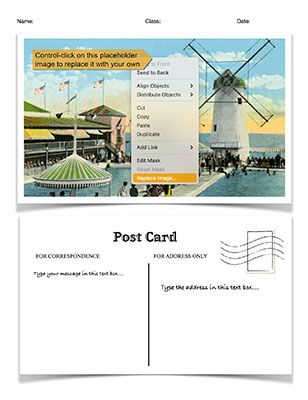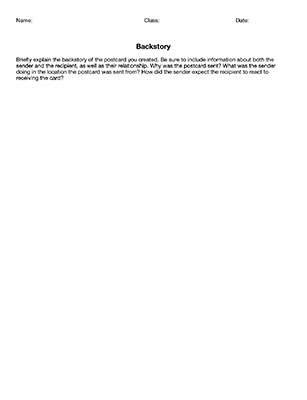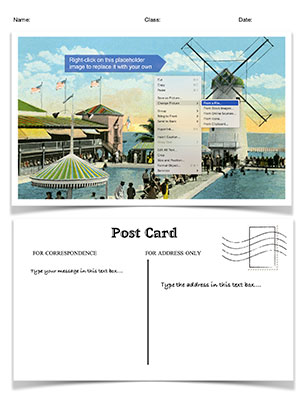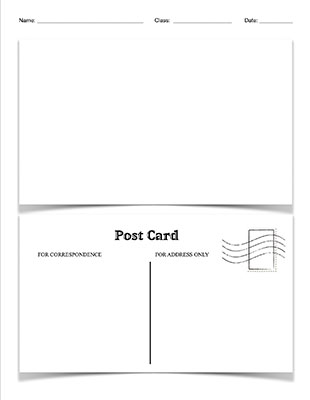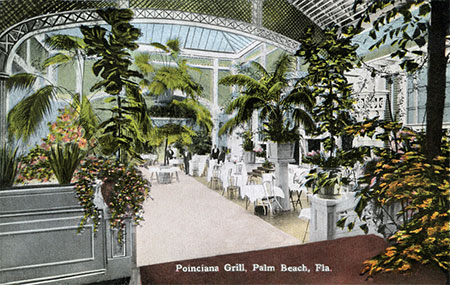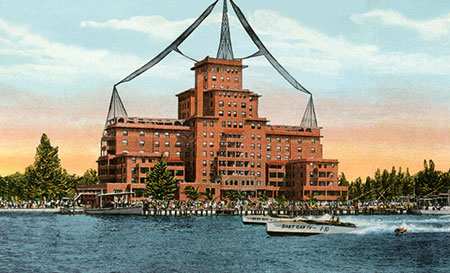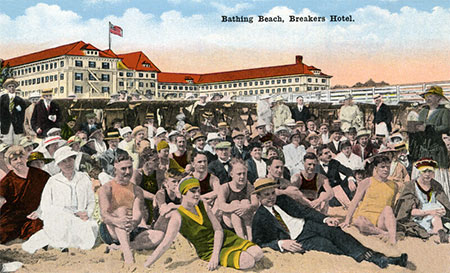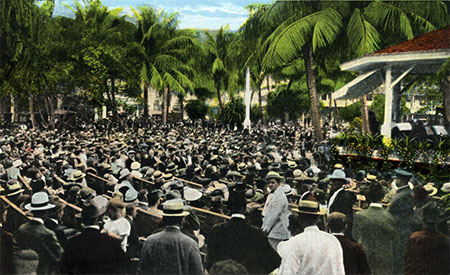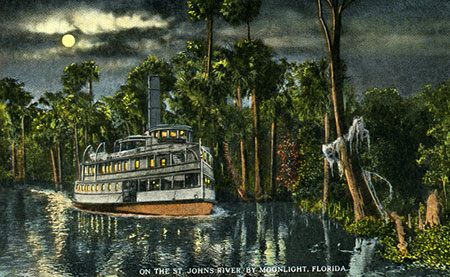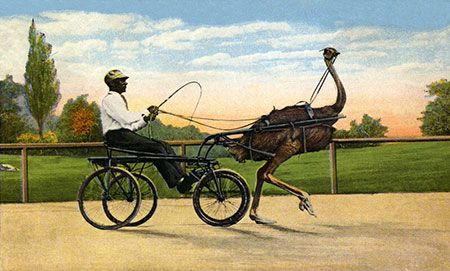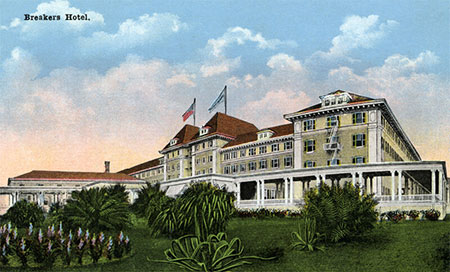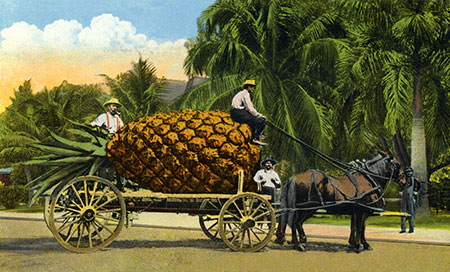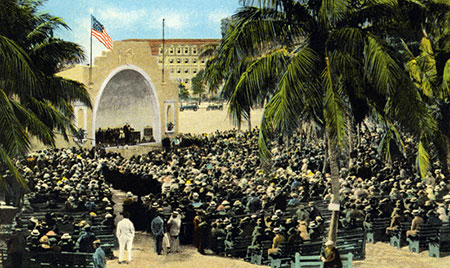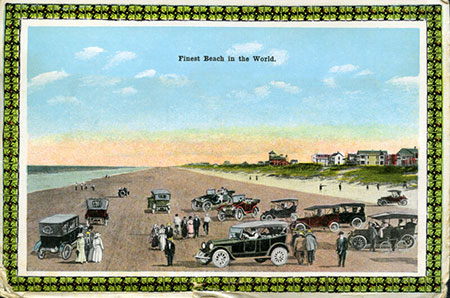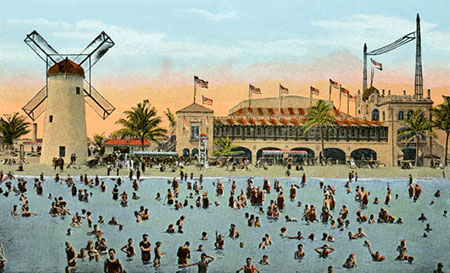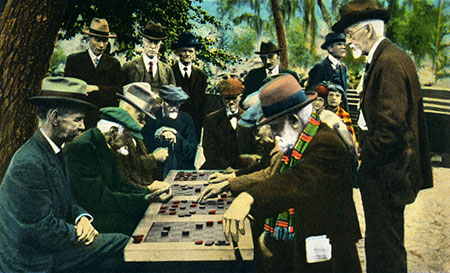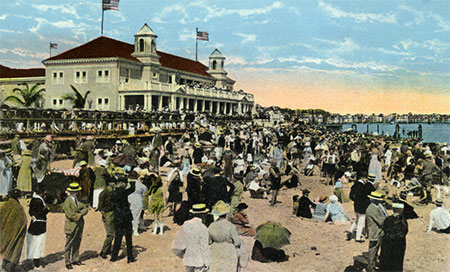
I collect old things. Old books, old maps, old stereoviews, and old postcards. Of these four, the postcards give the most personal insight into history. I enjoy both the image side of the card and the message side. If letters of yesteryear are the emails of today, then postcards are the equivalent of today’s text messages. Usually the message is short and often hurried. “Yesterday we visited this park.” “This is the hotel where we are staying.” “Spent the afternoon at a band concert here.” “Had dinner here with the Wilsons from our old neighborhood.”
Some six hundred of my postcard collection can be found on FCIT’s ClipPix ETC website. While casting about for ideas for using postcards in the classroom, I stumbled upon this lesson plan on the Creative Educator website.
In this project, students will use historical empathy to create a series of fictional postcards that share the experience and perspective of a single person living during a historic event or time. Students will then compare, analyze and discuss the range of perspectives demonstrated in their class’s collection of postcards.
The Process
While I suggest you review the original lesson plan, in a nutshell the students will explore a specific location and time in history. Then, assuming the role of a real or fictional person of the period, the students will create three postcards to send to the person’s family, friends, or others of their community.
I’ve created postcard templates below for students to use. If they are simply drawing the postcard image, then print out the PDF templates for them. A far richer approach would be to use either the Pages or Word templates and add an historic image to each postcard.
If you happen to be studying Florida history, then you can use images from my Florida postcard collection. Of course, the image doesn’t have to be from an old postcard. You can search the ClipPix ETC site for appropriate photos of old buildings that were in existence at the time the class is studying. Photos of nature might also be appropriate for postcard images. The US Library of Congress website is another great resource for historic images. Be sure to select “Photos, Prints, Drawings” if you are looking for images.
Templates
Download these templates for your students to use. The Pages and Word postcard templates include directions for replacing the placeholder image with the one the student wants to substitute. The postcard templates also include text fields for the message and the recipient’s address.
The optional “Backstory” sheet asks students to create a backstory about the sender and the recipient of the postcard.
Postcard template: Apple Pages
Backstory: Apple Pages
Roy Winkelman is a 40+ year veteran teacher of students from every level kindergarten through graduate school. As the former Director of FCIT, he began the Center's focus on providing students with rich content collections from which to build their understanding. When not glued to his keyboard, Dr. Winkelman can usually be found puttering around his tomato garden in Pittsburgh. Questions about this post or suggestions for a future topic? Email me at winkelma@usf.edu. To ensure that your email is not blocked, please do not change the subject line. Thank you!
FCIT Newsletter
Each month FCIT publishes a newsletter with short articles on teaching and learning with technology, using digital content in the classroom, and technology integration. Subscribe today! The subscription form will open in a new window. When you have subscribed, you can close the new window to return to this page.

